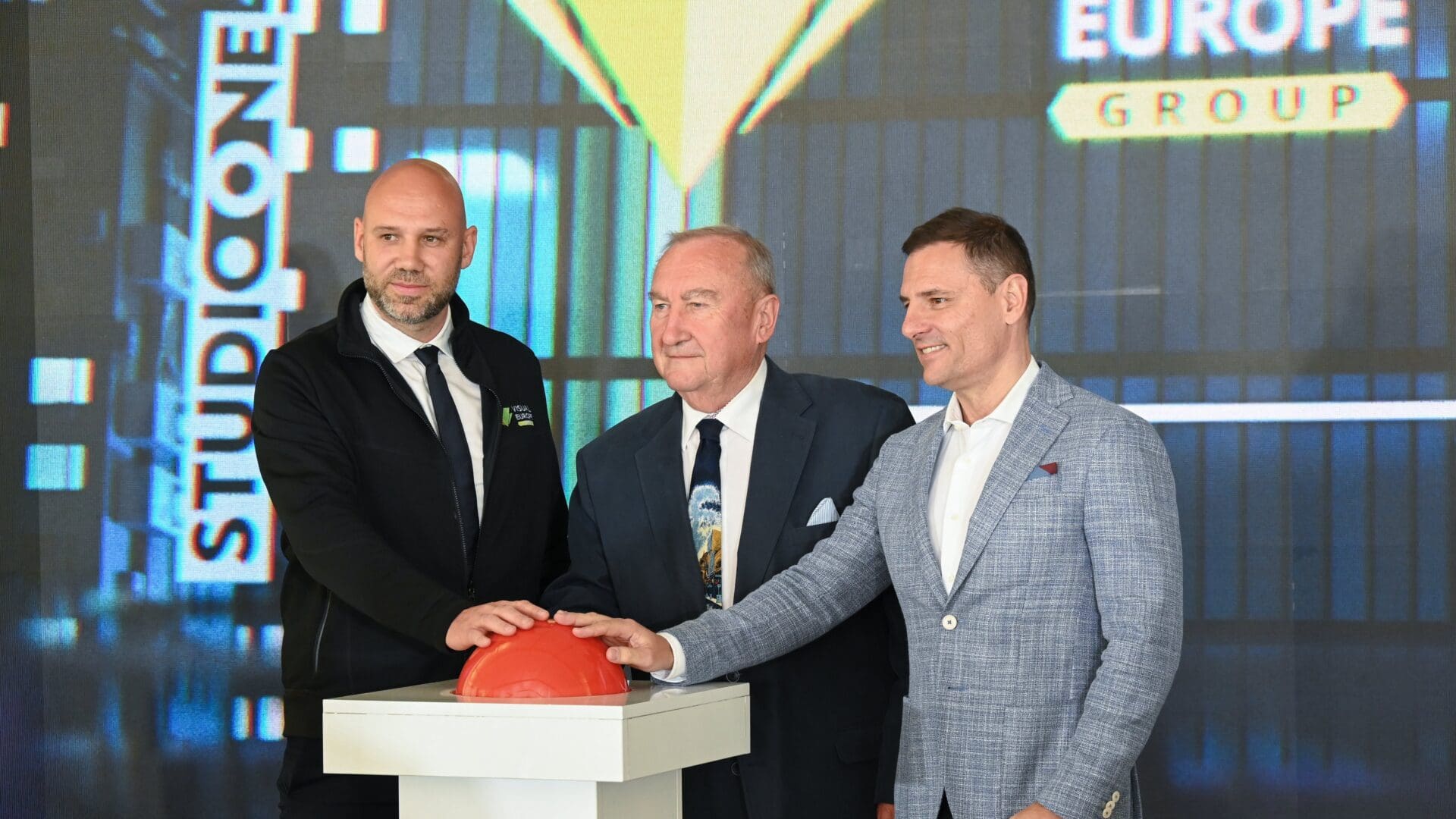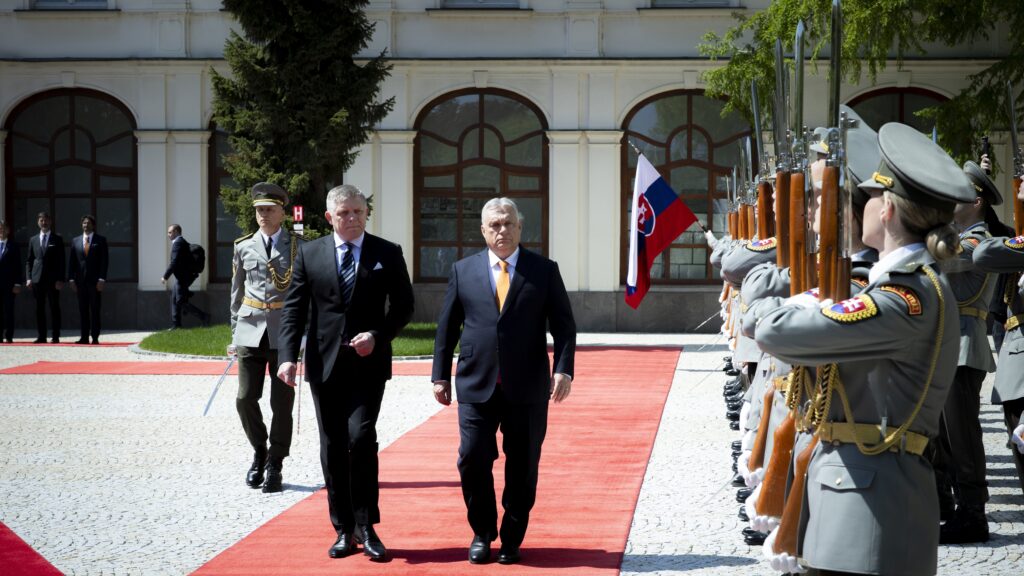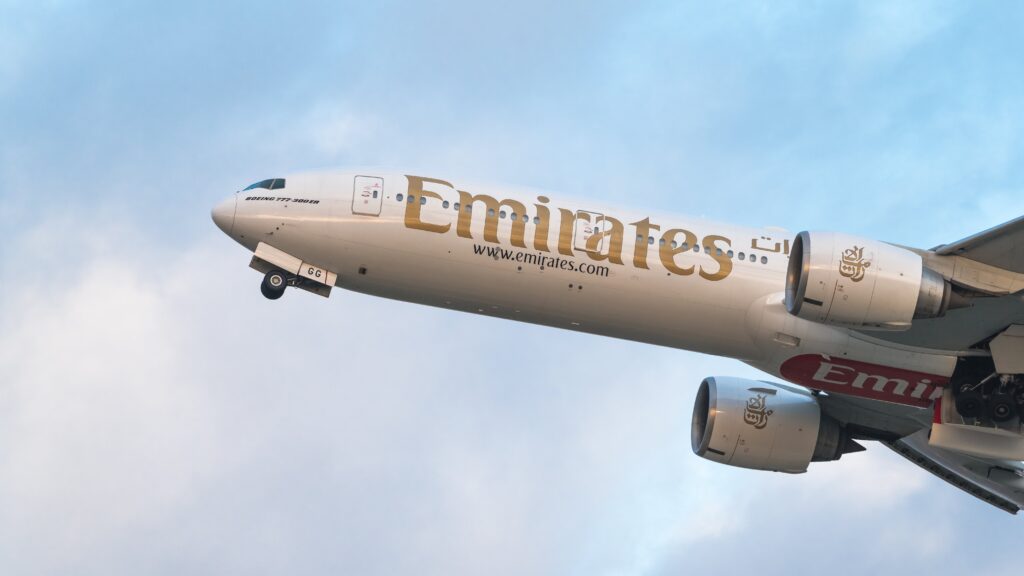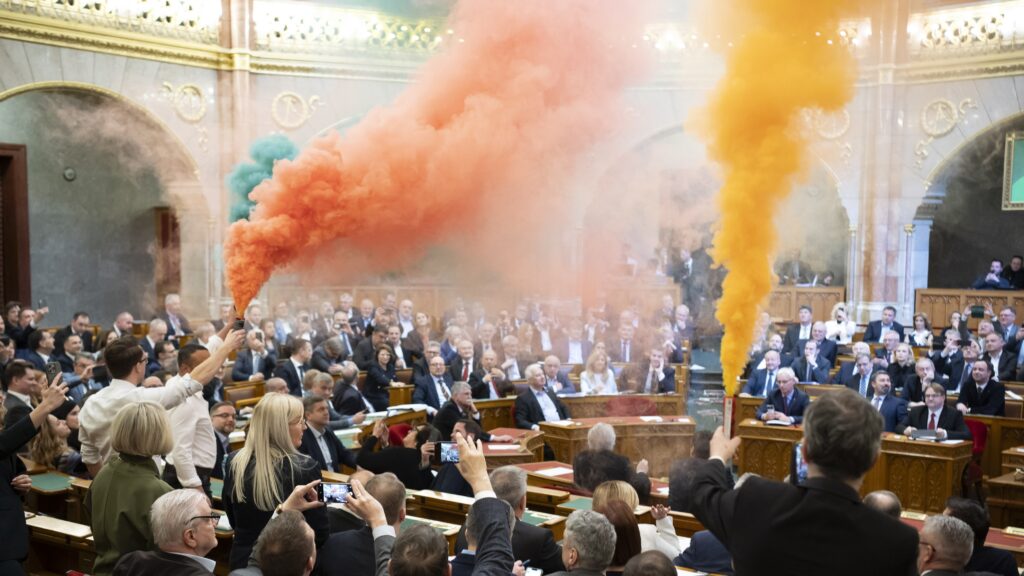The largest virtual film studio in Central and Eastern Europe is being built in Fót, Pest County, with a value of 11 million euros (approximately 3.9 billion forints) and is expected to be completed by the first quarter of 2024. The foundation stone of the investment was laid on Thursday, 11 May.
At the event, Secretary of State at the Prime Minister’s Office Bence Tuzson noted that Hungary has become a serious film industry hub in recent years and is now a leader in Europe, only second to London, with film production becoming a significant contributor to the country’s economy. He emphasised that new virtual technology is spreading rapidly and it is worth responding to it, and that thanks to the investment, Fót will also be placed on the ‘innovation map’. Tuzson also pointed out that the National Film Institute’s studio is also being built in Fót, and the two investments complement each other well.
Szabolcs Botond, CEO of the contractor Visual Europe Group, said that virtual technology is the future of film production and it is planned to be used in nearly 70 per cent of films. The essence of the technology is that the content appears on a LED wall in the studio, which is also visible on camera, and the background can be moved using camera tracking technology. As an example, he mentioned that the new virtual technology was used in the series 1899 and The Mandalorian, as well as in the latest Batman motion picture. Szabolcs Botond added that another advantage of the technology is that there is no need for crews to travel around the world, and an entire film can be shot in one studio, reducing the production’s ecological footprint.
Fót Mayor György Vass said that thanks to the investment, Fót will become the ‘capital of Hungarian film production.’
Virtual Studios
Virtual film studios, also known as virtual production or virtual filmmaking, use advanced technology to create photorealistic environments and characters in real-time on a film set. This technology combines virtual reality, computer graphics, and motion capture to allow filmmakers to shoot live-action footage against virtual backgrounds and environments.
The technique has been used in various films, including The Lion King and Avatar, and is becoming increasingly popular in the film industry. With virtual production, filmmakers can save time and money by creating realistic backgrounds and special effects without the need for extensive location scouting or post-production work.
Virtual production also has the potential to make filmmaking more environmentally friendly by reducing the need for travel and creating less waste. It is expected to revolutionise the way films are made and offer new creative possibilities to filmmakers.
Read more:








